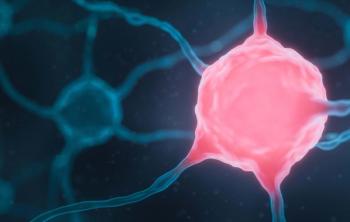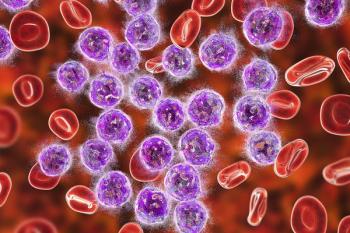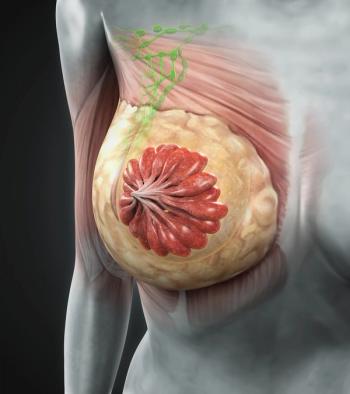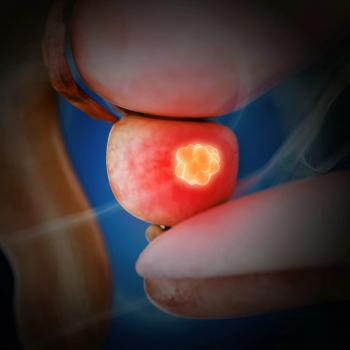
Abstract 8512
Methods: Among 63 chemotherapy-naive and 138 pretreated FL patients receiving 4 weekly rituximab (Rituxan) doses, those responding or with stable disease were randomized to observation (n = 78) or to consolidation with 4 additional rituximab doses at 2-month intervals (n = 73).
Long-term follow-up of patients with follicular lymphoma receiving single-agent rituximab at two different schedules in study SAKK 35/98
M.E. Ghielmini, S. Hsu Schmitz, G. Martinelli, et al
Methods: Among 63 chemotherapy-naive and 138 pretreated FL patients receiving 4 weekly rituximab (Rituxan) doses, those responding or with stable disease were randomized to observation (n = 78) or to consolidation with 4 additional rituximab doses at 2-month intervals (n = 73).
Results: In the long-term treatment group, at 5 years one-fourth of the patients were still in remission and they remain in remission at 8 years. Also, 35% of responders to rituximab induction (and 45% of chemonaive responders, P = .03) remained in remission at 8 years (P = .0001). While overall survival analysis revealed a trend favoring prolonged treatment (P = .09), a meta-analysis including 4 trials showed a significant increase in overall survival with maintenance rituximab vs no maintenance. Univariate analysis showed stage (P = .02), bulk (P = .01), prior chemotherapy (P = .001) and FcR phenotype to be prognostic factors for event-free survival (EFS). The only significant prognostic factor for EFS in a multivariate Cox regression, however, was having received consolidation rituximab (hazard ratio = 0.6, P = 0.007). Previous treatment, stage, and 158-phenotype of the Fc receptor were not predictive of response.
Among grade 3/4 toxicities, neutropenia was reported in 16% of patients in the standard arm and 17% in the prolonged treatment arm. There were 22 cases of second malignancy (12 standard arm/10 prolonged treatment arm).
Conclusions: It appears that the EFS advantage of prolonged vs short-course rituximab continues for many years after the end of treatment. Patients treated with 8 doses of rituximab over 1 year had approximately a 25% likelihood of remaining in remission at both 5 years and at 8 years.
Newsletter
Stay up to date on recent advances in the multidisciplinary approach to cancer.





















































































